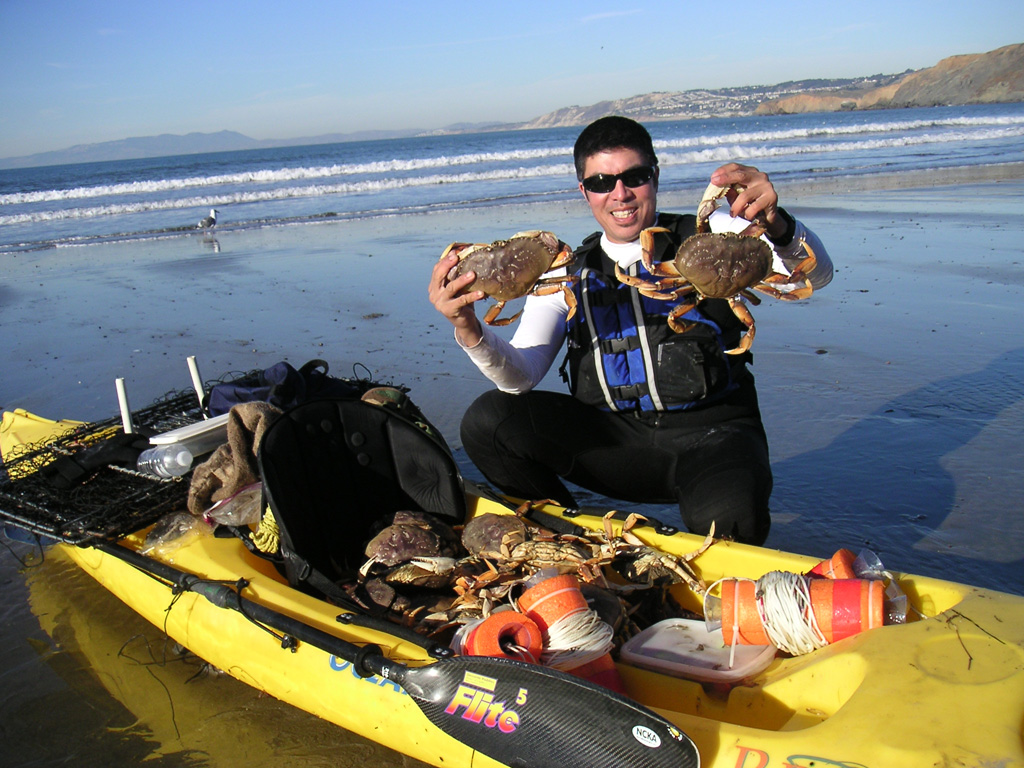|
[Today at 05:09:54 AM]
[Today at 01:58:19 AM]
[Today at 12:32:58 AM]
by LoletaEric
[April 15, 2024, 10:38:53 PM]
by LoletaEric
[April 15, 2024, 10:36:10 PM]
[April 15, 2024, 10:28:01 PM]
by Lost_Anchovy
[April 15, 2024, 09:35:28 PM]
by Lost_Anchovy
[April 15, 2024, 09:34:00 PM]
by NowhereMan
[April 15, 2024, 07:44:11 PM]
by Spiffy
[April 15, 2024, 04:54:29 PM]
by AuburnAngler
[April 15, 2024, 01:54:14 PM]
by Califbill
[April 15, 2024, 11:53:02 AM]
by Califbill
[April 15, 2024, 11:47:27 AM]
by Bullet
[April 15, 2024, 10:36:28 AM]
by Poonsie
[April 15, 2024, 10:19:30 AM]
by Sin Coast
[April 14, 2024, 11:07:25 AM]
by soleman
[April 14, 2024, 07:39:42 AM]
by Sailfish
[April 13, 2024, 05:09:58 PM]
by NowhereMan
[April 13, 2024, 11:43:58 AM]
by LoletaEric
[April 12, 2024, 10:13:23 PM]
by LoletaEric
[April 12, 2024, 10:01:01 PM]
Support the site by making a donation. |
|


 Welcome, Guest. Please
Welcome, Guest. Please  April 16, 2024, 06:50:30 AM
April 16, 2024, 06:50:30 AM
